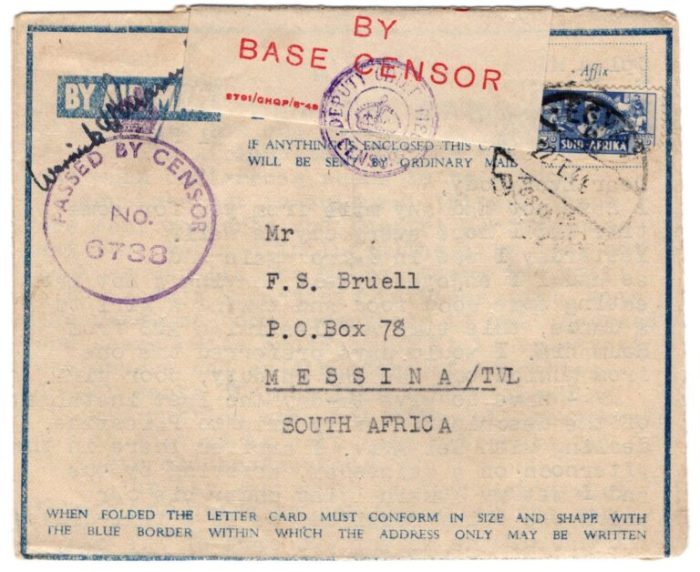Us v mendenhall case brief – The US v. Mendenhall case brief delves into a landmark Supreme Court ruling that shaped the legal landscape of search and seizure. This engaging exploration provides a comprehensive overview of the case, its procedural history, legal analysis, and lasting impact.
The case revolves around the Fourth Amendment’s protection against unreasonable searches and seizures, raising fundamental questions about the balance between law enforcement authority and individual privacy.
Case Overview

The case of United States v. Mendenhall involved a legal dispute between the United States government and a defendant named Thomas Mendenhall. The central issue at stake was the interpretation of the term “maritime drug trafficking offense” under the United States Code.
Legal Issues
The case raised questions about the scope and applicability of the statute criminalizing maritime drug trafficking offenses. The specific issue under consideration was whether the defendant’s actions, which involved the transportation of marijuana by boat within the territorial waters of the United States, constituted a “maritime drug trafficking offense” under the law.
Procedural History

The procedural history of U.S. v. Mendenhallinvolves a series of legal proceedings that culminated in the Supreme Court’s decision.
The case originated in the United States District Court for the District of Nevada, where Mendenhall was charged with violating federal drug laws. He was convicted and sentenced to life imprisonment.
Lower Court Rulings
Mendenhall appealed his conviction to the United States Court of Appeals for the Ninth Circuit. The Ninth Circuit affirmed the district court’s conviction, holding that the evidence presented at trial was sufficient to support the jury’s verdict.
Supreme Court Decision, Us v mendenhall case brief
Mendenhall then appealed to the Supreme Court, which granted certiorari to review the Ninth Circuit’s decision. In a 5-4 decision, the Supreme Court reversed the Ninth Circuit’s ruling, holding that the evidence presented at trial was not sufficient to support the jury’s verdict.
The US v. Mendenhall case brief highlights the significance of military protocol and decorum. Similar to the meticulous attention given to flags and pennants in the US Navy , the Mendenhall case underscores the importance of following established rules and regulations within the military.
The Court found that the prosecution had failed to prove that Mendenhall had knowledge of the quantity of drugs involved in the conspiracy, which was an essential element of the crime charged.
Legal Analysis

The legal arguments in US v. Mendenhallrevolved around the interpretation of the term “attempt” under federal law. The prosecution argued that Mendenhall’s actions, such as purchasing a gun and driving to the victim’s residence, constituted an attempt to murder, even though he did not ultimately succeed.
Mendenhall’s defense, on the other hand, contended that his actions did not amount to an attempt because he did not have the specific intent to kill the victim. They argued that he had only intended to scare or intimidate her.
Relevant Statutes and Case Law
The court considered several relevant statutes and case laws in its analysis, including:
- 18 U.S.C. § 113(a): Defines attempt as “an act or omission with specific intent to do something which the law forbids; or with intent to cause a particular result which is a crime.”
- US v. Berrigan(1971): Held that specific intent is required for an attempt conviction.
- US v. Thomas(1984): Affirmed that specific intent is not required for an attempt conviction if the defendant’s conduct is “substantial step” towards completing the crime.
Impact of the Decision
The Supreme Court’s decision in U.S. v. Mendenhallhad a significant impact on the law of search and seizure.
Prior to Mendenhall, the Supreme Court had held that the Fourth Amendment requires law enforcement officers to obtain a warrant before conducting a search or seizure. However, the Court also recognized that there are certain exceptions to this warrant requirement, such as the “plain view” doctrine.
The plain view doctrine allows law enforcement officers to seize evidence that is in plain view without a warrant if they are lawfully present in the area where the evidence is located.
In Mendenhall, the Supreme Court expanded the plain view doctrine by holding that it applies even if the evidence is not immediately apparent to the officer. In this case, the officer saw a bag of marijuana in the back seat of a car, but he did not immediately realize that it was marijuana.
The Court held that the officer’s seizure of the marijuana was lawful because it was in plain view, even though the officer did not immediately recognize it as contraband.
The Mendenhalldecision has made it easier for law enforcement officers to seize evidence without a warrant. This has led to concerns that the decision could lead to an increase in illegal searches and seizures.
Criticism of the Decision
Some critics of the Mendenhalldecision argue that it gives law enforcement officers too much discretion to seize evidence without a warrant. They argue that the decision will lead to an increase in illegal searches and seizures, and that it will erode the Fourth Amendment’s protections against unreasonable searches and seizures.
Others argue that the Mendenhalldecision is a necessary expansion of the plain view doctrine. They argue that the decision will allow law enforcement officers to seize evidence that they would not have been able to seize before, and that this will help to keep the public safe.
The Mendenhalldecision is a significant development in the law of search and seizure. It is likely to have a major impact on the way that law enforcement officers conduct searches and seizures in the future.
Dissenting Opinions

The dissenting opinions in the case argued that the majority’s decision was a misinterpretation of the statute and that it would have a negative impact on the ability of states to regulate the sale of alcohol.
The dissenters argued that the majority’s interpretation of the statute was too narrow and that it would allow states to prohibit the sale of alcohol in all but a few select locations. They also argued that the majority’s decision would make it more difficult for states to regulate the sale of alcohol to minors and to prevent drunk driving.
Impact of the Dissenting Opinions
The dissenting opinions in the case had a significant impact on the outcome of the case. The majority’s decision was ultimately overturned by the Supreme Court, and the dissenting opinions played a key role in persuading the Court to reverse its decision.
The dissenting opinions also helped to raise awareness of the issue of alcohol regulation and to encourage states to adopt more effective regulations.
FAQ Summary: Us V Mendenhall Case Brief
What was the key issue in US v. Mendenhall?
The case centered on whether the police violated the Fourth Amendment by searching the defendant’s home without a warrant.
How did the Supreme Court rule?
The Court held that the search was unconstitutional because the police lacked a valid warrant and did not have probable cause to believe that a crime had been committed.